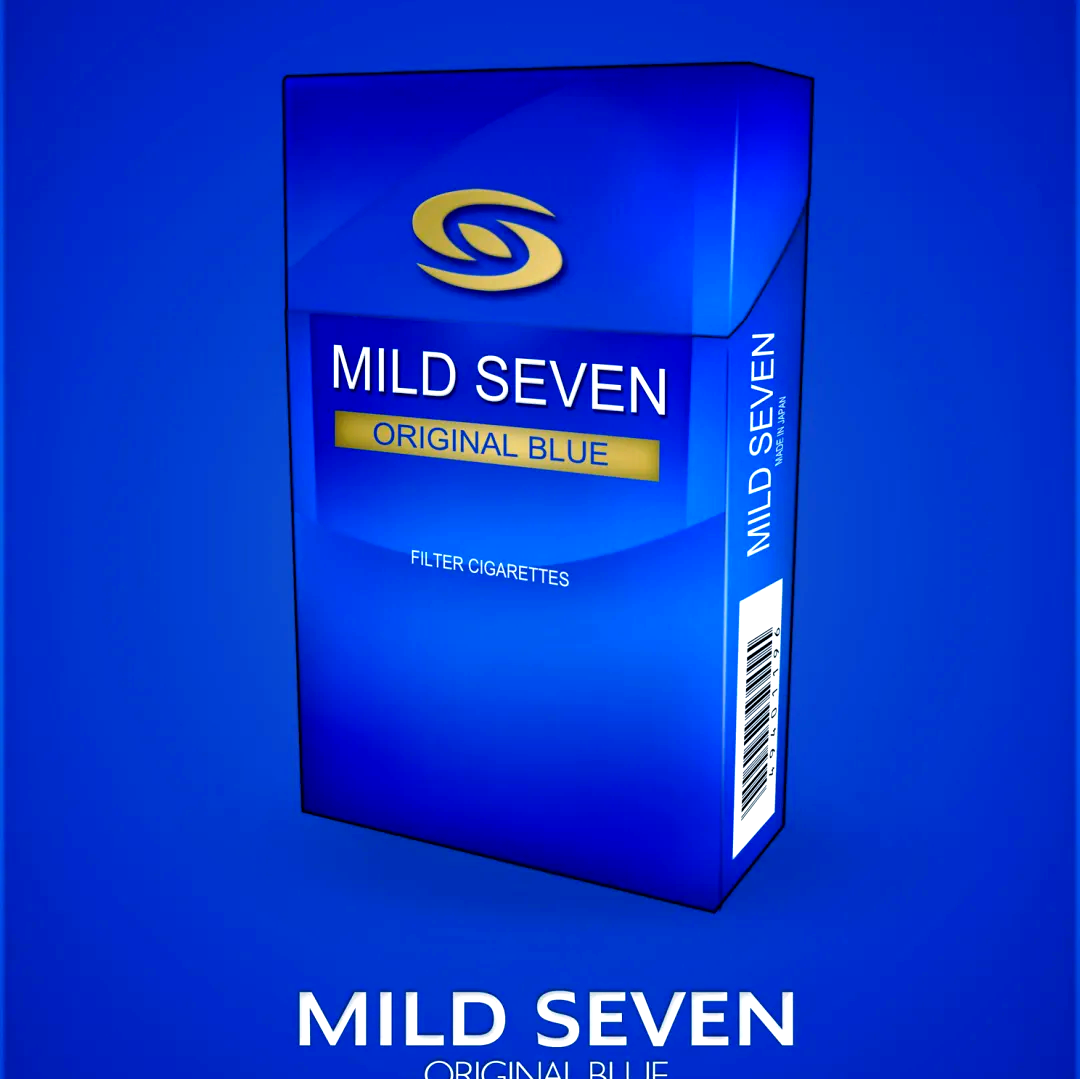The Unseen Link: How Tobacco Use Can Lead to More White Spots on Your Skin
We often think of smoking in terms of its well-known dangers: lung cancer, heart disease, and respiratory problems. These are the internal battles, hidden from plain sight. But what if the habit of lighting up a cigarette was leaving a visible, and often unexpected, mark on your skin? Beyond the premature wrinkles and uneven complexion, a growing body of evidence points to a surprising connection: tobacco use can significantly increase the number of hypopigmented spots on your skin.
These hypopigmented spots, areas where the skin loses its normal color and appears lighter or white, can be a source of concern and self-consciousness for many. While conditions like vitiligo are widely recognized, the subtle, gradual appearance of these spots linked to lifestyle choices like smoking often goes unexplained. This article delves into the science behind this connection, exploring how the chemicals in tobacco smoke interfere with your skin's health at a cellular level, leading to this visible depigmentation. We will also address what you can do about it, offering a holistic view of skin health that goes beyond topical creams.
Understanding the Spots: More Than Just Vitiligo
First, let's clarify what we're talking about. Hypopigmentation is a broad term for any condition where the skin produces less melanin. Melanin is the pigment produced by cells called melanocytes, and it's what gives our skin, hair, and eyes their color. When we talk about white spots potentially caused by smoking, we are generally not referring to autoimmune conditions like vitiligo, where the immune system attacks and destroys melanocytes. The relationship with tobacco is more nuanced and involves the gradual degradation of skin function.
The most common forms of hypopigmentation linked to environmental and lifestyle factors include:
- Idiopathic Guttate Hypomelanosis (IGH): These are small, white, flat spots, often described as "sun spots in reverse." They typically appear on sun-exposed areas like the arms and legs. While sun exposure is a primary cause, research suggests that smoking can accelerate their development and increase their number.
- Post-Inflammatory Hypopigmentation: This occurs after the skin experiences inflammation or injury, such as from eczema, psoriasis, or even a burn. The healing process can sometimes disrupt melanin production. Since smoking is a pro-inflammatory agent, it can worsen underlying skin conditions, leading to more frequent inflammatory episodes and, consequently, more of these white patches.
The key takeaway is that tobacco doesn't necessarily create a new disease outright but acts as a powerful accelerator and contributor to existing skin-whitening mechanisms.
The Chemical Assault: How Tobacco Smoke Damages Your Skin
To understand how smoking leads to an increase in white spots, we need to look at the toxic cocktail that is cigarette smoke. It contains over 7,000 chemicals, hundreds of which are toxic, and about 70 are known carcinogens. This chemical onslaught affects the skin in several direct and interconnected ways.
-
Constriction of Blood Vessels: Nicotine, the primary addictive substance in tobacco, is a potent vasoconstrictor. It causes the tiny blood vessels in the skin's outer layers to narrow. This reduces blood flow, meaning the skin receives less oxygen and vital nutrients. For melanocytes, which are highly active cells, this is a serious problem. They become starved of the resources they need to function properly, leading to a decline in melanin production and potentially causing the appearance of new hypopigmented lesions or worsening existing ones.
-
Oxidative Stress and Free Radical Damage: Cigarette smoke is a massive source of free radicals—unstable molecules that damage cells in their quest to stabilize. This state of damage is known as oxidative stress. Our bodies have natural antioxidants to combat this, but the sheer volume from smoke overwhelms these defenses. Free radicals directly attack and damage melanocytes, hindering their ability to produce pigment. This cellular damage from oxidative stress is a core mechanism behind how tobacco use contributes to skin depigmentation and the formation of white spots.

-
Direct Toxicity to Melanocytes: Certain chemicals in tobacco smoke, such as hydroquinone and catechols, are directly toxic to melanocytes. Incredibly, some of these compounds are chemically similar to ingredients used in commercial skin-lightening creams. So, in a sense, smoking is like applying a slow, internal, and uncontrolled skin-lightening agent that systemically targets your pigment-producing cells, leading to a noticeable increase in depigmented skin areas over time.
-
Chronic Inflammation: Smoking triggers a state of chronic, low-grade inflammation throughout the body. The skin is no exception. Inflammatory chemicals called cytokines are elevated in smokers. This constant inflammatory state can disrupt the delicate signaling between skin cells and melanocytes, impairing the melanin transfer process. It also makes the skin more susceptible to conditions like eczema, which can then heal with post-inflammatory hypopigmentation.
Connecting the Dots: The Cumulative Effect on Skin Pigmentation
The combined effect of these four processes creates a perfect storm for hypopigmentation. Imagine your melanocytes are a factory. Smoking:
- Cuts off their power and supplies (vasoconstriction).
- Sends in vandals to break the machinery (oxidative stress).
- Poisons the workers (direct toxicity).
- Creates a chaotic work environment (inflammation).
It's no surprise that the factory's output—melanin—begins to falter. This manifests as those small, white, hypopigmented spots, particularly in areas already vulnerable to other environmental damage, like sun exposure. The combination of UV radiation and the toxic effects of smoke creates a synergistic damage effect, dramatically speeding up the process of developing IGH and other forms of pigment loss.
Beyond the Spots: The Broader Context of Smoking and Skin Health
While our focus is on hypopigmented spots, it's impossible to ignore the broader context. Smoking is one of the worst things you can do for your skin's overall health and appearance. It accelerates aging, leading to deep wrinkles, particularly around the mouth ("smoker's lines"). It causes a dull, grayish, or uneven skin tone. It impairs wound healing, meaning cuts and blemishes take longer to heal and are more likely to leave scars or, you guessed it, post-inflammatory hypopigmentation. Therefore, addressing the issue of white spots is intrinsically linked to improving your skin's overall vitality.
What Can You Do? A Path to Healthier Skin
If you are noticing an increase in white spots on your skin and you use tobacco, the most impactful step you can take is to quit. The benefits begin almost immediately:
- Within Weeks: Blood flow to the skin improves, delivering a fresh supply of oxygen and nutrients. Your complexion may start to look brighter and less sallow.
- Within Months: The level of inflammation in your body drops significantly. This gives your skin a chance to heal and reduces the triggers for pigment loss.
- Long-Term: The ongoing assault from toxins and free radicals ceases. While existing damage may not fully reverse, you will halt the progression, preventing new hypopigmented spots from forming at an accelerated rate.
In addition to quitting smoking, a proactive skincare and lifestyle approach is essential:
- Sun Protection is Non-Negotiable: UV exposure is a primary driver of IGH. Use a broad-spectrum sunscreen with an SPF of 30 or higher every single day, even when it's cloudy. This protects your vulnerable melanocytes from further stress and damage.
- Nourish Your Skin from Within: Adopt a diet rich in antioxidants. Colorful fruits and vegetables, nuts, and green tea can help your body combat the residual free radical damage. Staying well-hydrated is also crucial for overall skin health.
- Consult a Dermatologist: If you are concerned about existing white spots, a dermatologist can provide an accurate diagnosis. They can distinguish between IGH, vitiligo, or other conditions and discuss treatment options, which may include topical creams, light therapy, or other procedures to help repigment the areas.
The appearance of hypopigmented spots can be a visible signal from your body, a marker of the internal damage being caused by tobacco. While they might seem like a purely cosmetic issue, they are a tangible sign of compromised skin health. By understanding the link between tobacco use and the increase in white spots on the skin, you are empowered with knowledge. Quitting smoking is the single most powerful intervention to preserve your skin's natural pigment, protect its youthfulness, and ensure its long-term health. Your skin is your body's largest organ, and every cigarette you don't smoke is a step towards allowing it to heal and thrive.













